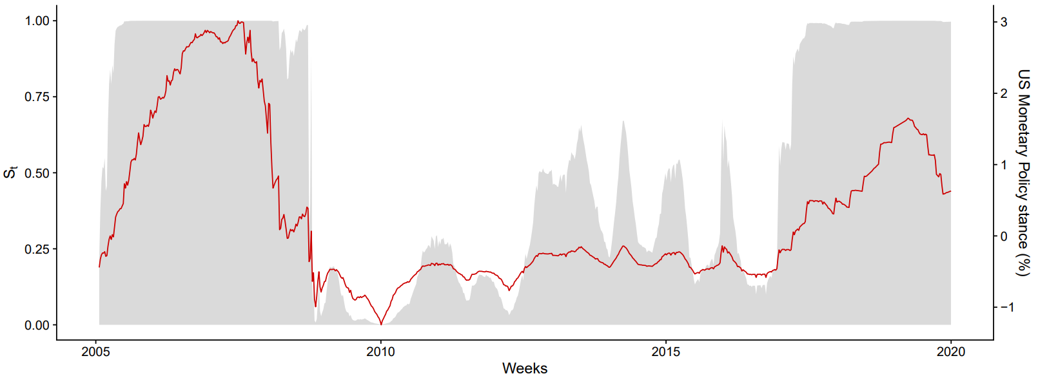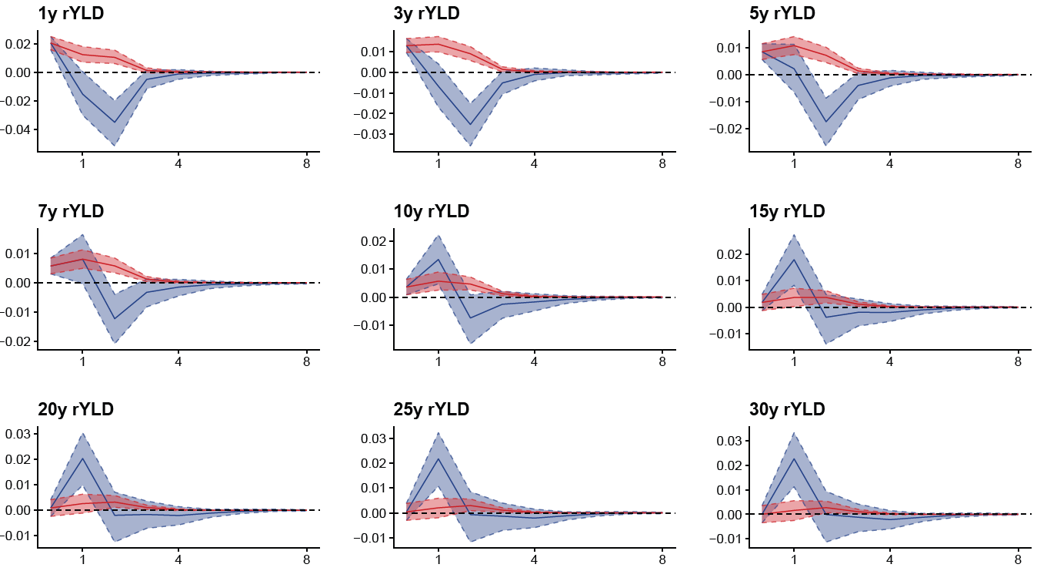References
Altavilla, C., Brugnolini, L., Gürkaynak, R. S., Motto, R., and Ragusa, G. (2019). Measuring euro area monetary policy, Journal of Monetary Economics 108, 162-179.
Hauzenberger, N., Huber, F., and Zörner, T. O. (2023). Hawks vs. Doves: ECB’s Monetary Policy in Light of the Fed’s Policy Stance, OeNB Working Paper Series, No. 252. https://www.oenb.at/Publikationen/Volkswirtschaft/Working-Papers.html.
Laubach, T., and Williams, J.C. (2003). Measuring the Natural Rate of Interest, Review of Economics and Statistics 85(4), 1063-1070.
Miranda-Agrippino, S. and Rey, H. (2020). US monetary policy and the global financial cycle, The Review of Economic Studies 87(6), 2754-2776.







